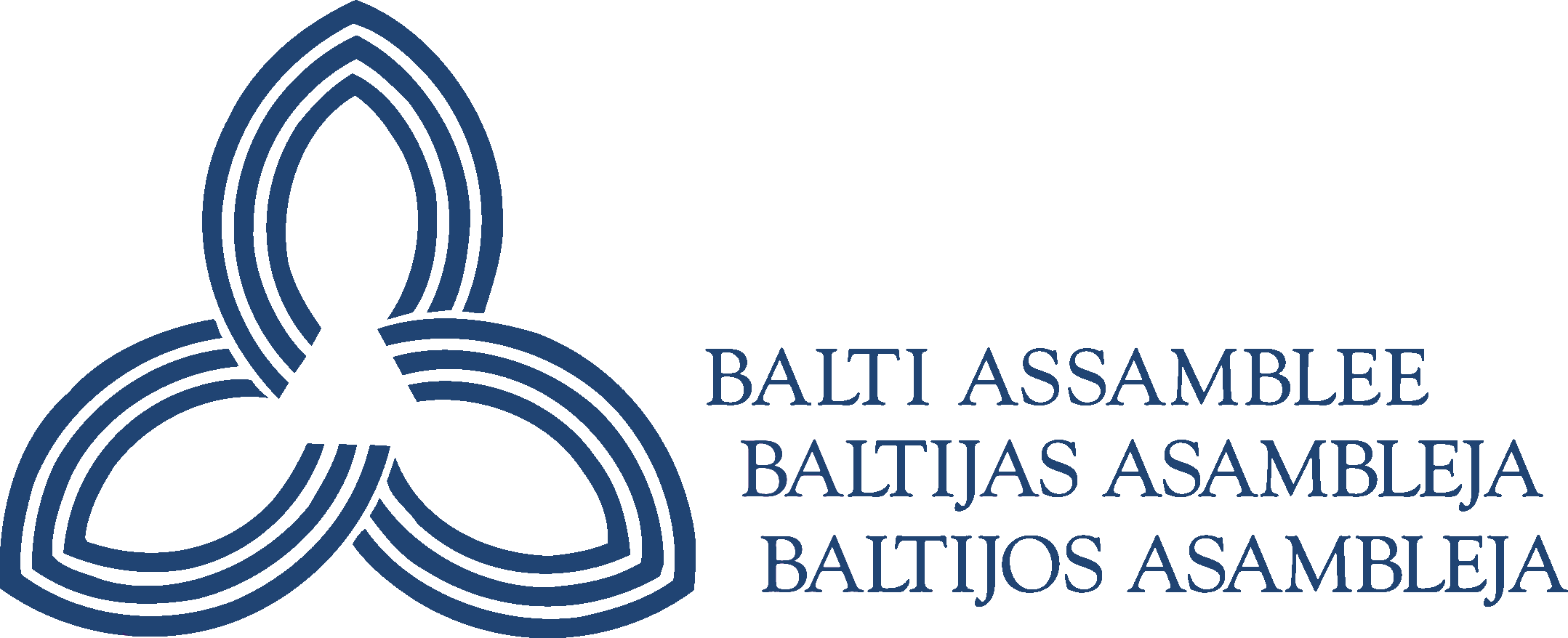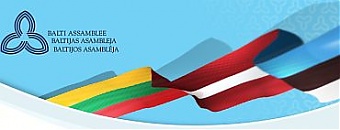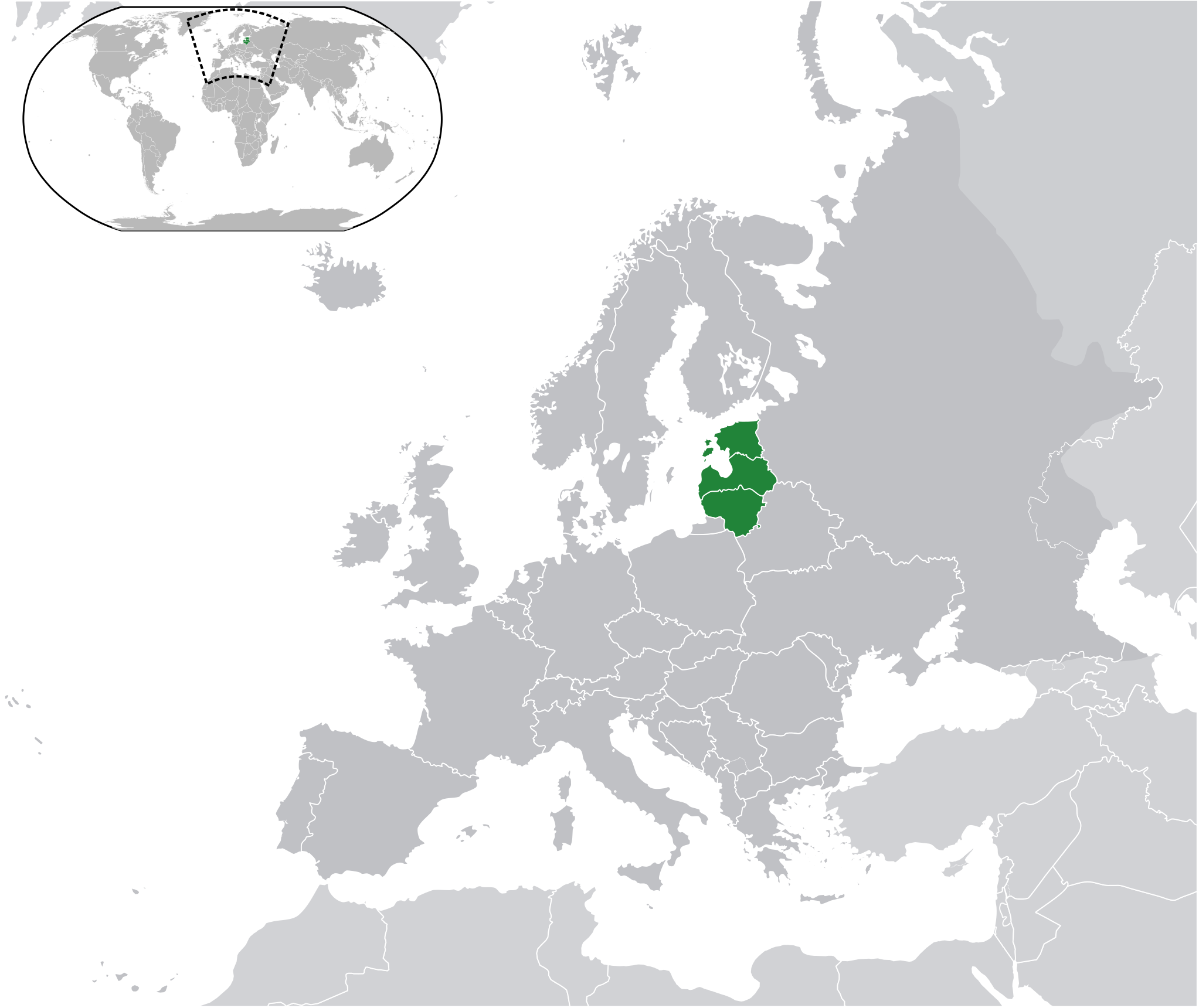Baltic Assembly
The Baltic Assembly ( Estonian Balti Assamblee, Latvian Baltijas Asambleja, Lithuanian Baltijos Asamblėja ) is a 1991 launched organization for closer cooperation between the parliaments of Estonia, Latvia and Lithuania.
History
The Baltic Assembly (BA ) was established on 8 November 1991 in Tallinn, shortly after the three Baltic States had regained their political independence from the Soviet Union. On 13 June 1994, the parliament took Estonia ( Riigikogu ), Latvia ( Saeima ) and Lithuania ( Seimas ) of the structures and principles of the Baltic Assembly.
Content
The Baltic Assembly is a forum in which the parliaments of the Baltic States are trying to find common positions on international issues. The focus is on cooperation in the fields of politics, economy and culture. Closer substantive coordination on issues and projects of interest übereinstimmendem the three Baltic countries want to increase their influence on the international stage. Role models are the Nordic Council and the Benelux Parliament.
Structure
The Baltic Assembly meets once a year in plenary session. It takes place in the three states alternately. Each national Parliament shall appoint from among its twelve to twenty members in the Baltic Assembly. The members of the national delegation must reflect the distribution of seats of the parties in the national parliament. The decisions of the Baltic Assembly shall not bind national governments.
The national parliaments appoint a director and a deputy director of their national delegation to the Baltic Assembly, respectively. These six persons shall constitute the Bureau of the Baltic Assembly. Chairman of the Presidium is the head of the national delegation, in whose country held the next session of the Baltic Assembly. The chairmen of the two other national delegations are his deputies. Task of the Bureau is to represent and control the work of the Baltic Assembly between plenary sessions.
The members of the Baltic Assembly may form according to their political orientation transnational fractions. A fraction comprising at least five members, which must come from at least two Baltic states. Currently in the Baltic Assembly, there are three factions: the Conservative / Right Group, the Centre Party and the Social Democrats.
Committees
The Baltic Assembly currently has five standing committees:
- Committee on Economic Affairs, Transport and Information Science
- Committee on Education, Science and Culture
- Committee for Environmental Protection and Energy
- Law and Safety Committee
- Social Committee
Each member of the Baltic Assembly heard on at least one committee. Each committee meets at least three times a year. Decisions of the Committee shall be adopted by consensus. In addition, the Baltic Assembly Ad hoc committees may call into life.
Secretariat
The Secretariat of the Baltic Assembly is located in Riga. Head of the Secretariat is currently Marika Laizāne - Jurkāne. The budget of the Baltic Assembly is funded by the national parliaments. The Baltic Assembly has its own flag and its own symbols. Official languages of the Baltic Assembly are Estonian, Latvian and Lithuanian.










